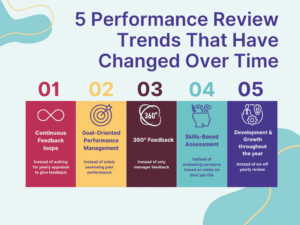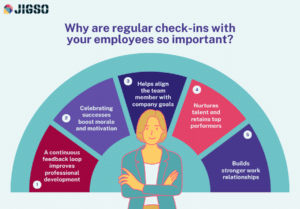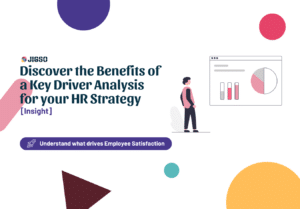My introduction to HR during PAFOW 2020
My “normal” experience of a conference is grown men shouting and heckling at each other — usually during the talk — with pitchforks sharpened ready for question time (which can long exceed the time of the original talk). Therefore, it was such a refreshing, but somewhat unusual, experience attending PAFOW. Providing running commentary and navigating the pains and problems associated with video conferencing, Al Adamsen and David Green did an astounding job in managing all of this, and at short notice too. Whilst there were occasional network hiccups it was largely a smooth operation and handled very well by the pair. Seamless interludes and transitions I might add. Again, another stark contrast to conferences of the past, normally the choice is video or audio, not both. (This is somewhat unfair, given the improvements in technology and networks in the past decade, but a true reflection of my past experiences nonetheless).
Plotting 101
During the three days of insights and glimpses into HR analytics, the range of talks was quite dramatic, almost all of which lacked the scientific rigour I crave, but enlightening in a different manner. Most of the “plots” displayed were simplistic in nature and clearly focused on the more qualitative than quantitative features. The lack of axis titles, labels, scale, or even units didn’t seem to provoke questions or bother the audience, totally throwing out everything I had learnt from Plotting 101. As long as the lines went up, all was good!
As an audience member, I found this difficult to justify and understand, “how could they just show a graph with no labels or units and a smiley face in the corner to their peers, some of whom are leaders in the field?”. I would have been scathed for showing such an image in my talks, plots are the currency of science. A well crafted plot can take days, if not weeks, to make, they tell so much of the story of data all squashed into some colours and lines in 2 dimensions. And here we have people just spitting out anything they made in Excel. But in between the flashbacks I had a revelation — it didn’t matter.
People understood the message the “plot” was trying to illustrate. Nobody cares about the error bars, or lack thereof, people want to know a high level snapshot of the people. That’s what’s important, the lines represent people, not just arbitrary data points, they have a deeper meaning and tell a story about the well-being, health, and ambitions of those people. After this revelation, I began to relax my expectations and could enjoy the content for what it was.

My favourite talks at PAFOW Europe 2020
Bearing all of this in mind, I did have a slight bias to the more technically inclined talks, with notable speakers such as Patrick Coolen of ABN AMRO demonstrating the natural language processing techniques they are employing to handle open ended questions in survey data. Keynotes from Tomas Chamorro-Premuzic and Josh Bersin were of course riveting but heavily focusing on the present COVID-19 crisis. They raised many questions for the post COVID world and the workforce of tomorrow. Whilst I’ll refrain from my critique of the “plots” Tomas in particular had a heavy emphasis on the science and forcing the audience to acknowledge that the world of HR needs to embrace science.
The message was clear, start to follow these practices: experimentation, rigorous statistical analysis, uncertainty quantification. If a sample size is 12, can we really make any conclusions about the results of that survey? Likely not, but at least mention the uncertainty associated with any number you present. If 75% of your respondents like working from home based on a survey of 36 people taken over the course of 2 days, can you really say that people like working from home, therefore, we should all work from home?
Employee wellbeing as a top priority in HR
To name drop a few others presenting at PAFOW, HR analytics leaders from Mastercard, Nestle, Nokia, and Microsoft, all offered valuable insights into current issues they are having in HR. Of course, given the current climate, there was a lot of focus on the challenges and disruption we are faced with in terms of mental health and well-being — COVID-19. It is clear that this is top of everyone’s agenda and HR has now rapidly accelerated to accommodate this — we are now in the red zone. Employee well-being is top priority for most organisations and understanding how to analyse this (descriptive, predictive and prescriptive) is the immediate challenge. We must go beyond the reliance on surveys, no matter how they are packaged, surveys tell only half the story.
Leveraging the rich and vast datasets that organisations are just sitting on, we can already provide valuable insights using the traditionally neglected “hard” data. Those data can really make HR leap into the advanced realm of analytics, and employ solid science to gain deep insights and predictive power of machine learning. The emphasis must be on science. We need to quantify uncertainties (that means showing error bars on plots), to understand bias, to experiment). Only by bringing science into the analytics can we make solid conclusions on our workforce and drive business decisions that benefit the workforce. Remember those data points are people!



